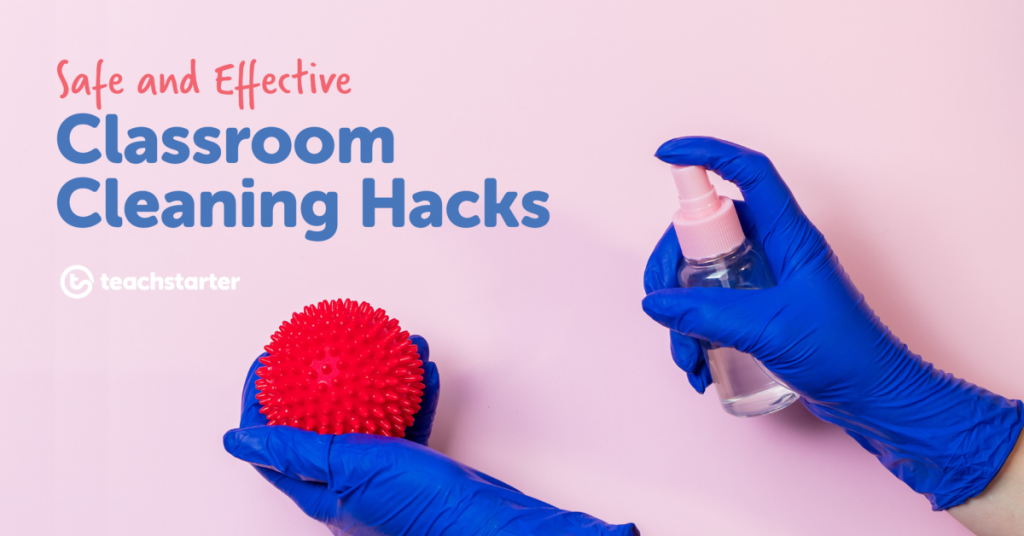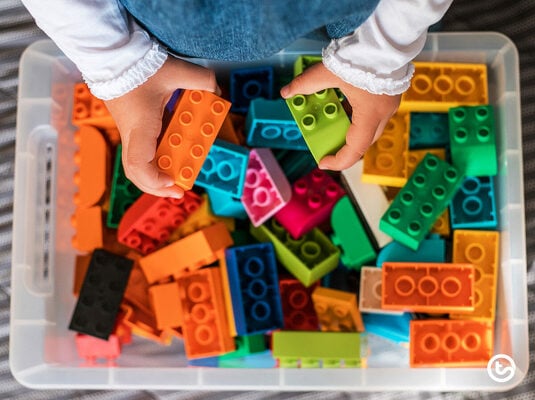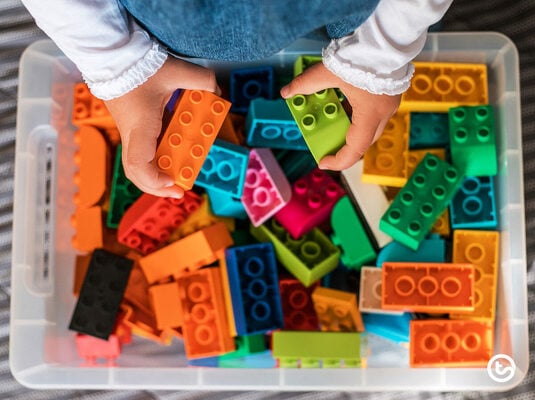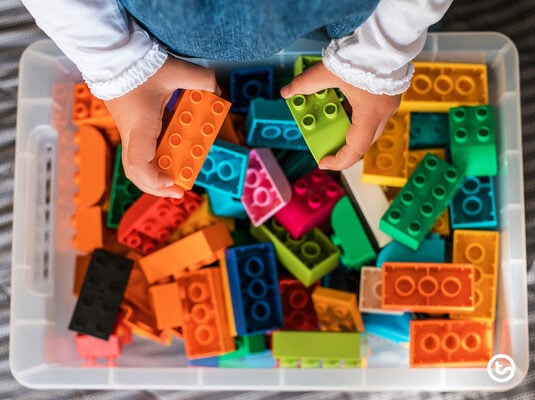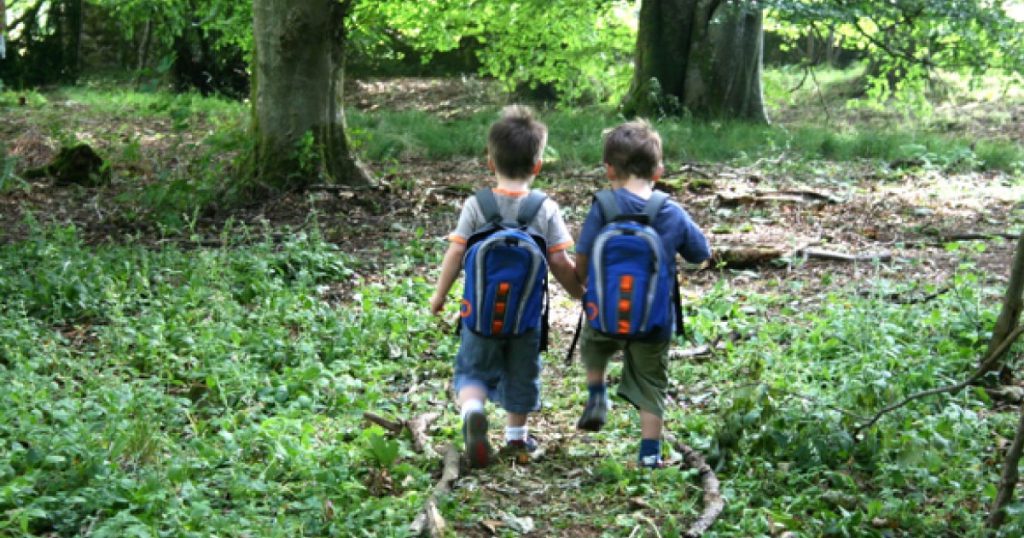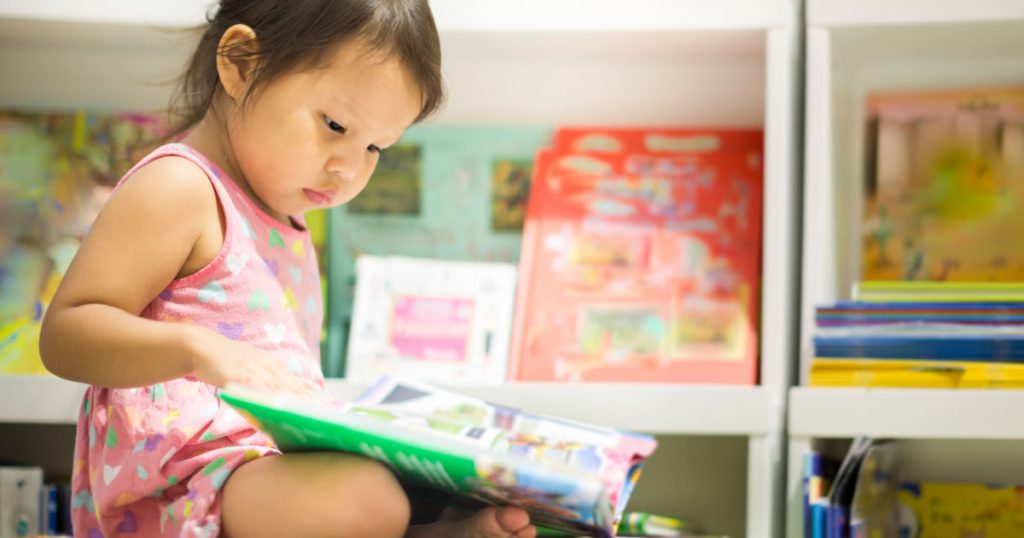You’ve probably got your fair share of cleaning hacks for the home, right? From olive oil for buffing to toothbrushes for getting into those nooks and crannies, there are plenty of “hacks” that can make cleaning a house or apartment go a lot faster. But what about classroom cleaning hacks?
Oh, teacher pals, you have come to the right place for that! And since we’re pretty darn passionate about sustainability here at Teach Starter (have you heard about our One Million Trees Project?), every single one of the ideas you’re about to go WHOA over is safe and sustainable!
Classroom Cleaning Hacks
Whether you’re facing the end of the year and a classroom that’s taken the brunt of a very looooooong school year, or you’re smack dab in the middle of cold and flu season, let’s face it: rolling up your sleeves to do a little classroom cleaning is really key to keeping the place looking good.
Granted, you’ve probably got a janitorial staff that is worth its weight in gold (Have you ever seen a custodian make quick work of a student’s, ahem, vomit? They’re really angels in work pants!), but think about all the smaller items you’ve brought into the classroom, your whiteboard erasers and markers, the individual bins full of LEGO bricks, your rolling cart … and yup, there are a million and one places for germs and dust to gather in your classroom that may not get touched on a regular basis.
So let’s talk cleaning!
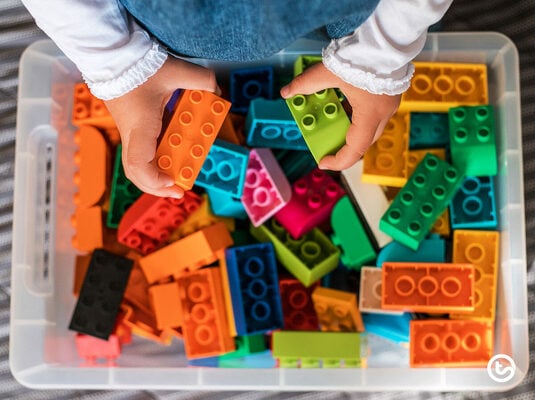
Your Classroom Cleaning Toolkit
To get started with safe and effective classroom cleaning, you’ll need to pop together a simple toolkit. Thankfully, most of the items in this list are inexpensive and easy to find. Here’s what you need:
- Dishwashing liquid
- Laundry detergent (sensitive or green options are great)
- Vinegar
- Baking soda
- Coconut oil
- Sponges
- Commercial antibacterial wipes
- Dishwashing gloves
- Microfiber cloths
- An old toothbrush
- A spoon
- A hard-bristled brush
- Spray bottle
- Rubbing alcohol
How to Clean Your Whiteboard
White vinegar is the key! Use it straight, in a spray bottle, and apply a thin mist before wiping it off with a microfibre cloth. The vinegar will remove all marker residue and stains like magic, and the solution is so safe, students can even help with this one!
Did someone use a permanent marker on the whiteboard? Try these cleaning hacks! Grab one of your dry eraser markers, and draw over the permanent markings — you will want to make a solid block of dry erase marker. While the ink is still wet, grab your dry-erase marker, and rub. It should take off both layers!
Didn’t work? The stain may have been set, but don’t give up yet! Grab your microfiber cloth, dampen with rubbing alcohol, then gently wipe away at the stain. You may have to try a few times, but eventually, the alcohol should remove the permanent marker.
Use Your Dishwasher!
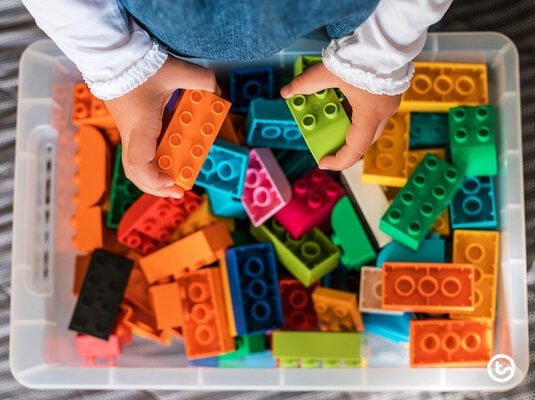
If your sensory bin toys, play-doh tools, or any other small hard plastic items need a good clean, take them home and pop them into your dishwasher! Set the dishwasher to the hottest temperature for the best results, but make sure you only use the top shelf so that you don’t end up with a pile of melted plastic.
Use Your Classroom Sink
For hard plastic manipulatives like Lego or Duplo, soaking works really well. If you have a classroom sink, throw some dishwashing liquid in and soap up your collection. You can use an old toothbrush to reach tricky, dirty spaces once they’re softened by the water.
How to Remove Mounting Putty from Carpet
So, you thought that the mounting putty was going to stay on the back of your posters, didn’t you? It was a good effort, but somehow it ended up … in the carpet? Before you decide to abandon circle time on the carpet entirely, give this a try.
Grab some:
- Baking soda
- Coconut oil
- Drop of dishwashing liquid (optional)
- A spoon
- A hard-bristled brush
Mix the baking and coconut oil into a paste, and use a spoon to apply a thin layer over the mounting putty. Then use a hard bristled brush and a little elbow grease to scrub off.
Use Your Washing Machine
Pop larger plastic toys like Duplo or plastic tracks into your washing machine! Some people choose to put them into a delicates netting bag to keep them all together. You can add some commercial disinfectant or vinegar to the wash, too.
How to Freshen up Classroom Carpet
Sprinkle some baking soda over your carpet to freshen it up between professional cleans! You can sweep it in using a soft broom, but you might want to give the janitorial staff a heads up so they know why it’s all there!
How to Clean Cushion Covers and Other Soft Furnishings
These guys are best cleaned in a washing machine. Use the usual amount of detergent, and add a few tablespoons of vinegar to the liquid compartment. Then add a sprinkle of baking soda into the barrel itself for fresh and fluffy furnishings.
Safe and Effective Classroom Disinfectant Solution
For a cleaning solution to disinfect, it must contain an active ingredient. Many of these are toxic to children, but white vinegar is a perfect option. Made from acetic acid and water, vinegar is an all-around power cleaner. (Note, although vinegar is known to kill some bacteria and viruses, it is not effective against COVID-19!)
For this solution, simply mix 1/2 a cup of lemon juice with 2 cups of white vinegar and pop into a spray bottle. The acidity of the lemon breaks down grease and grime, and the vinegar kills germs.
Enlist Parent Volunteers
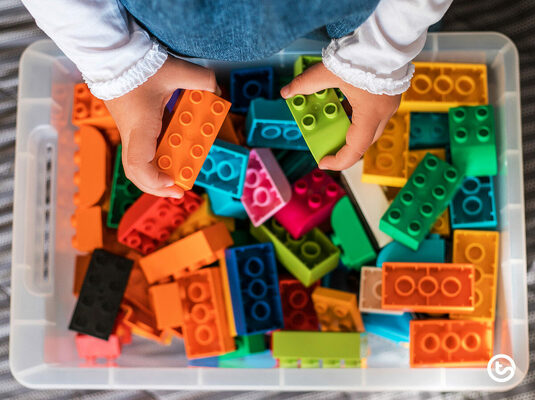
Busy parents may be limited in their opportunities to physically help in your classroom, so why not set up a roster with volunteer’s names and have some take-home bags of items at your classroom door? Volunteers can help with washing small boxes of manipulatives and other classroom items. Now that’s a cleaning hack every teacher can get behind!
Do you have an amazing classroom cleaning hack we don’t have covered? Let us know in the comments below!
The post Quick Cleaning Hacks for the Classroom That Are Safe and Effective appeared first on Teach Starter.
